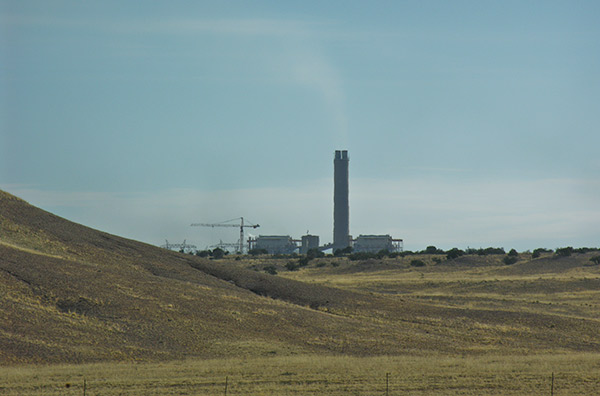Many planned coal plants are now being scrapped-
Companies rethink coal plants. By Traci Watson, USA Today.
Planned new coal plants are dropping by the scores. However, the majority of electricity in the U.S. is produced by coal, and many by old, and therefore more polluting plants like the one below.
On my recent trip to the Arizona region, I noticed the utilities had really taken advantage of the Indian nations of NE Arizona and NW New Mexico and packed the place with coal plants. The air quality was good, however, but I think that was because the jet stream was directly overhead when I passed through taking the emissions rapidly off to the east.

Comments
The Coronado plant in the Photo is not located on the Navajo reservation as the caption indicates. It is located on privately owned land near ST Johns AZ.
Ray,
Thanks for the correction. It wasn’t clear to me that it was actually on the Reservation. I thought it probably was.
The point I was trying to make is that NE Arizona and NW New Mexico has become a dirty air region due to all the coal plants, and most of land in the area is Indian Reservation.
I identified the following coal plants in the area: Coronado, Springerville Generating Station, Four Corners Power Plant, San Juan Generating Station, Navajo Generating Station, and the Desert Rock Plant, which may or may not be built.
The area also has dirty air because of the frequent dust storms. These are the result not so much because the area is desert, but that the crust that forms on desert soils has been largely destroyed by years of overgrazing by sheep, goats and cattle, plus a maze of dirt roads and off-road vehicle ways and tracks.